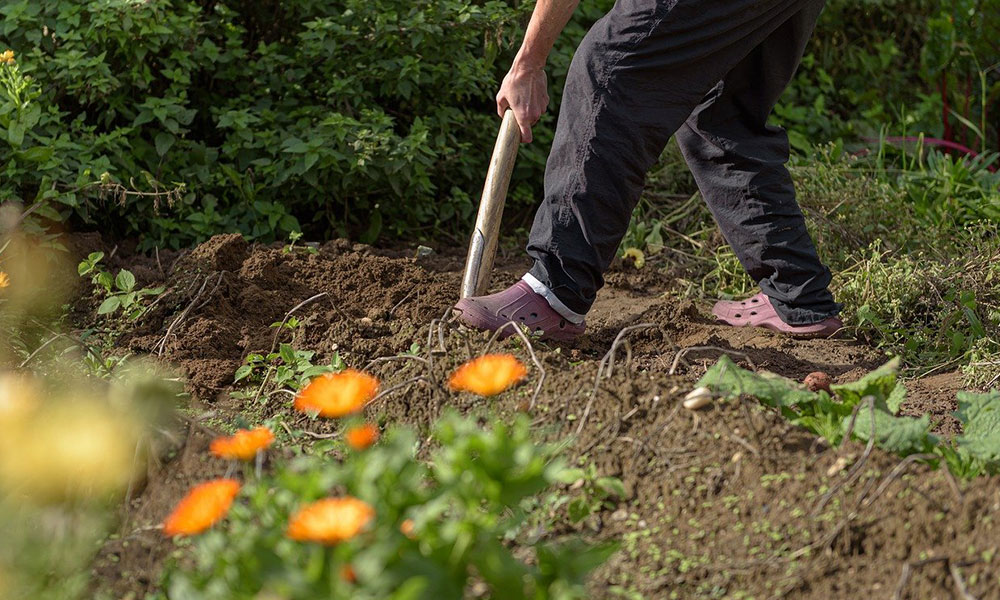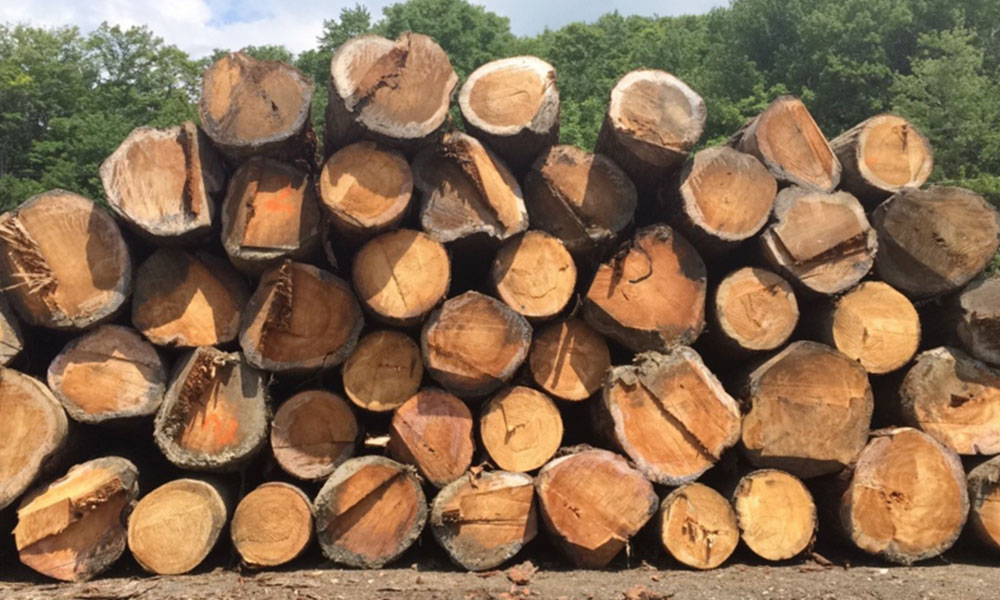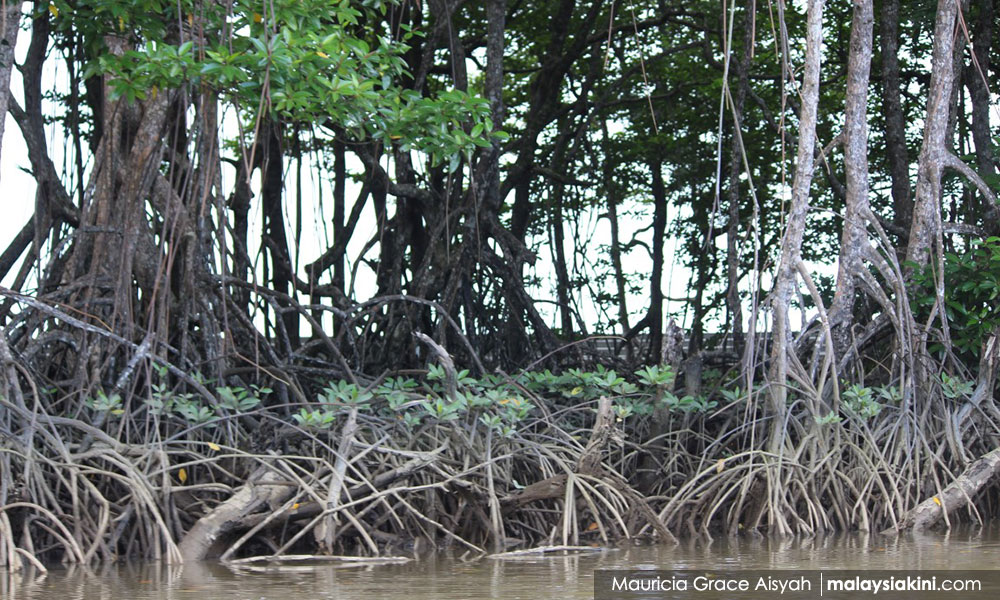Permaculturist Geoff Lawton‘s famous quote ‘‘all the world’s problems can be solved in a garden’’ is no stranger to plant lovers around the world.
Want to ward off pesky flies? Grow some lemongrass and eucalyptus!
I have a friend who even enjoys watching carnivorous plants like venus flytraps capturing and digesting flies and other insects that come near. It’s therapeutic for her!
Having a stomach ache? Give thyme a try. The aromatic herb is also good to be used in cooking to boost flavour naturally.
To create a pleasing environment, you can even mix and match some ornamental plants with different hues and textures for a beautiful landscape at your home. Irrespective of them being edible or aesthetic, plants are used in all sorts of ways.
Their sheer existence also helps to purify the air via photosynthesis, or even cool the surroundings by providing shade from direct sunlight!

But when it comes to climate change, trees are what we need as they sequester carbon. So, can we rely on trees alone to suck up carbon from the atmosphere, and store it permanently in their trunks, branches, and roots?
The answer is yes and no.
Yes, because living trees draw in carbon dioxide from the atmosphere so long as they are young and growing. No, because once they reach maturity, trees capture less carbon, and also shed as much carbon through the decomposition of fallen branches as they absorb.
Sadly, some people actually think that planting a certain number of trees can remove a specified atmospheric concentration of greenhouse gases.
We see corporations race towards planting trees in a designated area and then claim the project can offset carbon emissions by this much or that much!
But the math is not that easy, I’m afraid.

The carbon removed should not be measured by the number of trees initially planted. We need to know how many of the trees planted actually survive. And how long before the carbon can be stored steadily in trees throughout their lifetime.
The success and survival rates of tree planting depend on multiple factors, including the choice of species, site conditions, planting layout, and management practices.
Where carbon is stored
The next question to ask is which trees store the most carbon. To answer this, we need to understand the five carbon pools available, i.e. aboveground biomass, belowground biomass, deadwood, litter, and soil.
Trees store carbon as aboveground biomass in their branches, trunk, foliage, and belowground biomass in their roots. When trees are cut down or die, carbon adds to the remaining pools of deadwood, leaf litter, and soil.
On the other hand, carbon that leaves the ecosystem through harvesting and enters industrial processing is stored in harvested wood products.
The carbon will only return to the atmosphere when the wood products such as furniture are disposed of and decomposed.
According to the Sixth Assessment Report of the Intergovernmental Panel on Climate Change (IPCC), the improved and enhanced use of wood products can be a successful measure in climate change mitigation.

This is because most wood products, especially furniture, will be in use for several decades or more. The carbon stored remains in the wood throughout the product’s lifespan, making for a more reliable carbon sink than some of the oldest living trees!
Top carbon-storing forests
As for the carbon-sucking potential of living trees, Hamdan Omar and his team in their paper titled ‘‘Forest Reference Emission Level for REDD+ in Pahang, Malaysia’’, found that peatlands stored more carbon than other forests, with an estimated carbon of 416.27 Mg C ha -1 , where 49 percent is in living biomass, 45 percent soil, five percent deadwood, and one percent litter.
This is followed by mangroves at 264.89 Mg C ha -1, with 69 percent living biomass, 21 percent soil, eight percent deadwood, and two percent litter.

Meanwhile, the estimated carbon of inland forests is 264.32 Mg C ha -1, with 79 percent living biomass, 18 percent soil, two percent deadwood, and one percent litter.
Having said that, I do believe it is more beneficial to restore biodiversity-rich forests than to plant more street trees of one single species in urban areas.
For those who have green fingers, please take part in a forest restoration programme or gardening around your neighbourhood to help green the Earth.
As for me, almost everything I grow dies quickly, so I'd better get some durable wooden tables or cabinets to store that carbon long-term! - Mkini
CHONG YEN MEE is a technical analyst for the Ministry of Natural Resources & Environmental Sustainability (formerly NRECC) who enjoys writing doomsday stories that make people act.
The views expressed here are those of the author/contributor and do not necessarily represent the views of MMKtT.



No comments:
Post a Comment
Note: Only a member of this blog may post a comment.